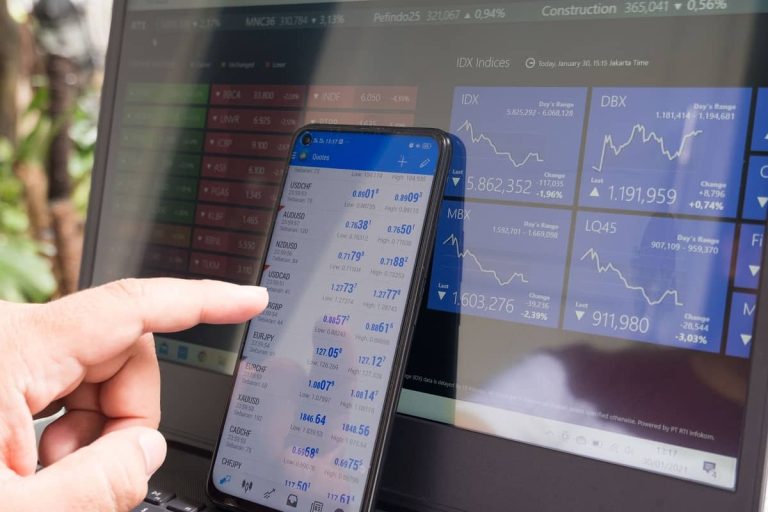When trading forex, it’s important to be able to identify trends. By understanding the trend of a particular currency pair, you can make more informed decisions about when and where to buy or sell.
In this article, we are going to discuss what is a trend and how to identify it. This kind of basics can be useful both for beginners and for expert traders.
So let’s begin now.
What is a trend?
A trend is a market’s direction, identified by swing highs and lows. Uptrends are marked by higher swing highs and lows, while downtrends have lower ones. Traders can trade with or against the trend, depending on their preference. Trends also occur in data series, such as monthly economic readings that go up or down over time.
What is trend trading?
Trend trading is a style of trading that tries to capitalize on the momentum of an asset in one overall direction. Trend traders enter into long positions when securities are trending upwards and short positions when assets are trending lower. An uptrend is when there are higher swing lows and higher swing highs, while a downtrend is characterized by lower swing lows and lower swing highs.
You can always consult with the broker to use a trend trading strategy. See tfxi if you’re looking for an appropriate one.
How do you identify trends in forex trading?
Traders use various forms of technical analysis to identify a trend. A trend is identified by looking at factors such as trendlines, price action, and technical indicators. An uptrend is marked by an overall increase in price with higher swing lows and highs than the previous swings. Once this structure starts to break down, the uptrend could be losing steam or reversing into a downtrend.
Downtrends are composed of lower swing lows and lower swing highs than their uptrend counterpart. A trader in a downtrend would look to short, or profit from a continued price decline.
When the price is not moving up or down, but rather sideways, this is identified as a range-bound market. A trader in this type of market would look for opportunities to buy at support and sell at resistance.
When the trend is down, traders focus more on selling or shorting in order to minimize losses. Most downtrends do reverse at some point, so as the price continues to decline, more traders begin to see it as a bargain and step in to buy. This could lead to the emergence of an uptrend again.
Conclusion
To wrap it up, in order to identify trends, you need to first understand what they are and how they form. Once you have a basic understanding of trending behaviour, you can begin to trade with this knowledge and use it in practice. One of the ways to discover opportunities is to check cysec regulated brokers.
Remember, trend trading isn’t an exact science – like any other activity, there is always some risk involved. But if you stick to sound principles and employ proper risk management techniques, you may be able to enjoy profitable trades by riding the waves of current market trends.


